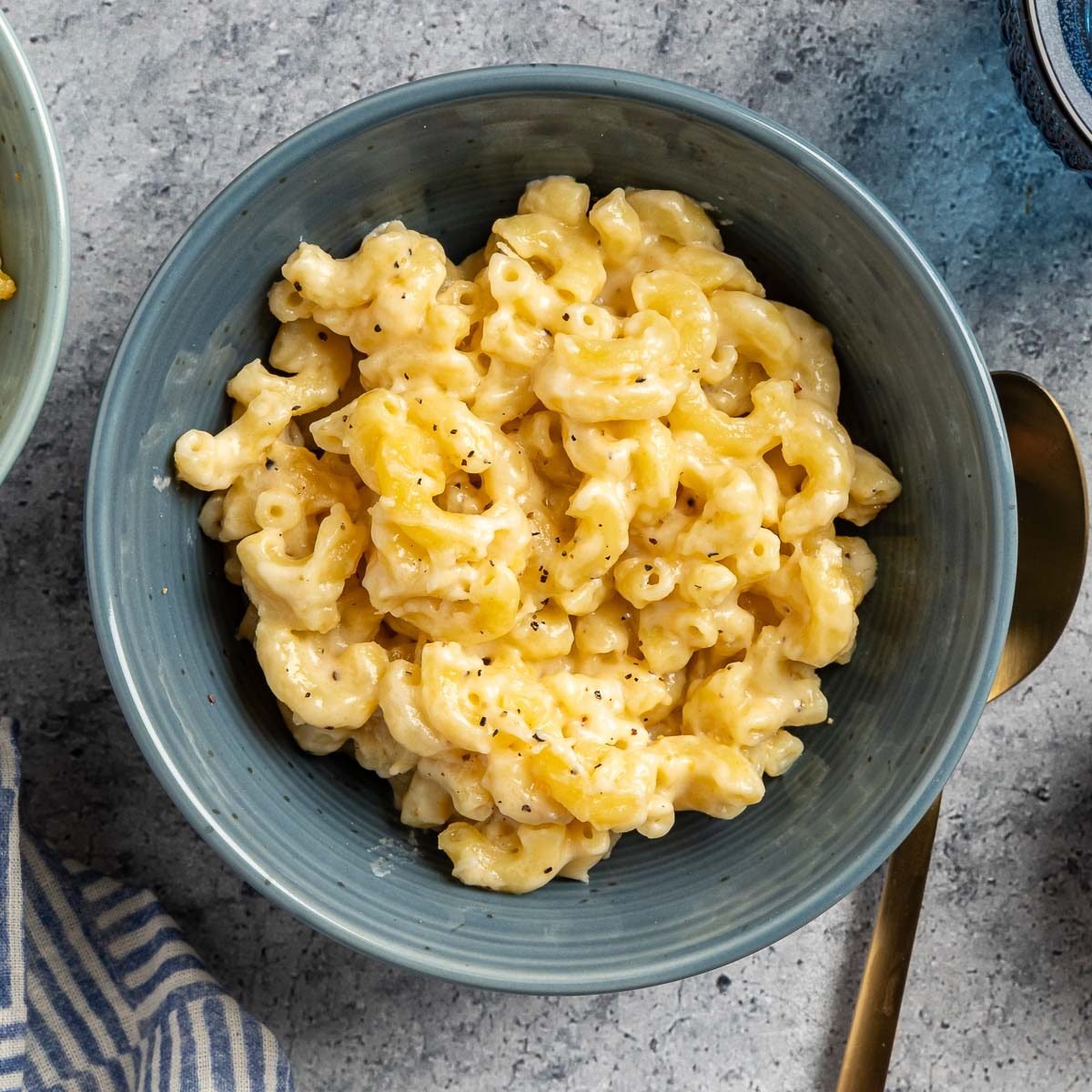For homemade mac and cheese, nothing beats the superior flavor and texture of one semi-hard cheese.

This Is the Absolute Best Cheese for Mac and Cheese, According to a Chef

From Thanksgiving to a casual supper, mac and cheese always has a place at my table. This sentiment is reinforced by the sheer volume of mac and cheese recipes, with one for every mood, occasion or craving. There are simple recipes that can be ready in 20 minutes and more involved recipes, like Ina Garten’s overnight mac and cheese, that require advance planning.
Making homemade mac and cheese is worth the extra effort, but the leap from a boxed dinner to homemade can be a humbling journey. I’m a former restaurant chef, now a professional recipe developer, and I’ve tasted or cooked every style of mac and cheese out there. That includes recipes needing anywhere from a single cheese to a blend of 10!
From my 15 years of experience, I have learned that the cheese you use is the most important factor in determining the overall taste and texture of the finished dish.
What is important when choosing a good cheese for mac and cheese?
Not all cheeses are equal when making mac and cheese. Using the wrong cheese is how you wind up with puddles of oil in the pasta, a grainy, gritty taste or tough, chewy clumps of cheese. Some cheeses are better on a charcuterie board than being forced into melty submission for a sauce. Here’s what to keep in mind:
- Meltability: Start with a good melting cheese to achieve a smooth, emulsified sauce that blankets the noodles instead of a cream sauce dotted with lumps of firm cheese. How well a cheese melts has a lot to do with the pH and acidity of the cheese. Cheeses that are made using an acid, like cottage cheese, or cheeses that have high or low acid amounts, like halloumi or feta, may soften when heated but won’t fully lose their shape and melt, which is what you need for mac and cheese.
- Stretch: Who doesn’t like an impressive cheese pull? That long ribbon of stretchy mozzarella on a slice of pizza or from the molten center of a mozzarella stick is visually stunning and a cue that you are about to get a mouthful of rich, chewy cheese. But, for the best mac and cheese, you don’t want overly elastic cheese. It makes serving messy, and the tight texture of highly stretchy cheese competes with the ideal consistency of a good mac.
- Age: The age of a cheese tells you a lot about its flavor and consistency. Fresh cheeses, like ricotta or fresh mozzarella, have more moisture, a soft texture and a subtle milky taste. Longer aged cheeses, like Parmesan, have a sharper, saltier flavor and drier texture. For mac and cheese, the best cheese falls in the middle. It should have a full-bodied taste and be creamy but not wet.
- Flavor: It might be obvious, but cheese is largely responsible for flavoring mac and cheese. It needs to be able to punch through the pasta and dairy in the recipe! Though options like American cheese or cream cheese become smooth and thick when melted, giving the sauce a luscious texture, they are too mild to be the main cheese. On the flip side, strong cheeses like blue cheese or goat cheese are too intense. The best cheese for mac and cheese occupies a middle ground.
What’s the best cheese for mac and cheese?
Considering all the key factors, the cheese I come back to time and again for mac and cheese is cheddar. A semi-hard cheese, cheddar is firm enough to grate or slice but creamy enough to melt smoothly. Mild, medium and sharp cheddar are lightly aged, so they have some acidity, but are not salty or pungent. Skip extra-sharp or farmhouse varieties of cheddar for mac and cheese because their age makes them more prone to separating and becoming oily when heated. Whether you use white or orange cheddar is a personal preference because the color doesn’t impact the taste.
For the best cheddar mac and cheese, keep these helpful tips in mind. First, freshly grate your cheese for optimal melting instead of using a pre-grated variety. Second, when adding cheese to the sauce, stir in small amounts, letting one addition melt before adding more so that the cheese doesn’t have the chance to clump or overheat and separate. Finally, do not let your cheddar-based sauce boil, or it will become greasy and stringy.
